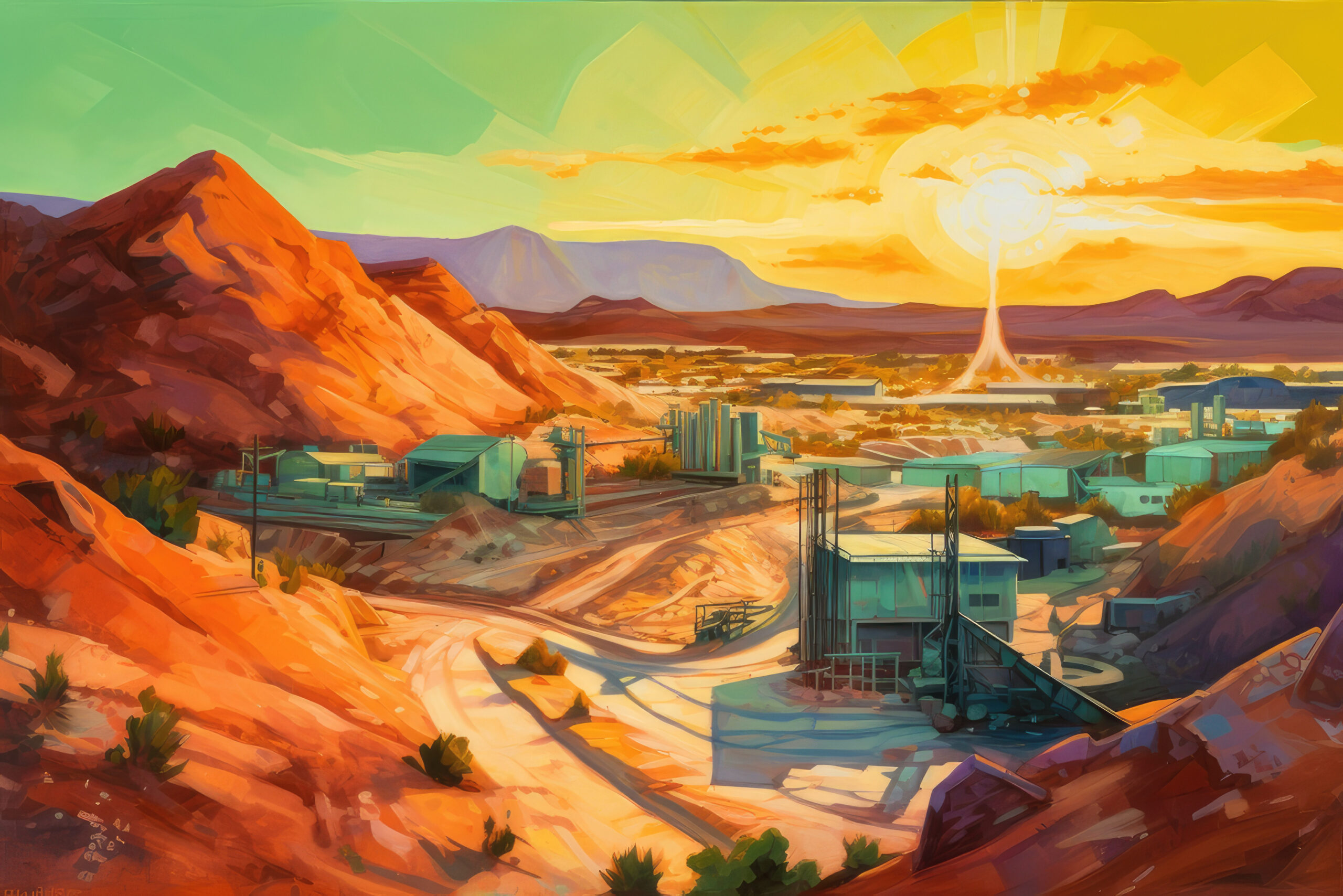Summary: A new mining project in Arizona has become the first of its kind to receive a fast-track designation that will speed up the permitting process and reduce regulatory hurdles. This article explains why this is a significant step forward for America’s energy potential and how it can help the country compete with China and reduce its environmental impact.
In the midst of a partisan permitting reform fight in Washington D.C, a new mining project in Arizona has made history.
The South32 Hermosa project in southern Arizona has become the first critical mineral mine to receive FAST-41 designation. Put simply, this means that the normally arduous permitting process will be expedited for this particular project. FAST-41 was passed in 2015 “to improve the timeliness, predictability, and transparency of the Federal environmental review and authorization process for covered infrastructure projects,” according to the EPA. Since then, it has primarily been used for energy production projects like natural gas pipelines and other infrastructure, not for critical mineral mining.
For those of us who want to build cleaner, faster and compete with China, it’s about time that FAST-41 was applied to domestic mining.
South32 Hermosa, funded by an Australian company, would mine both manganese – which is used in electric vehicle batteries – as well as zinc. It’s important to note that manganese has not been mined in significant amounts in the United States since the 1970’s. Since then, we’ve largely relied on other countries for our supply with only modest domestic production and exports. In 2021, the United States was the world’s ninth-largest importer of manganese and primarily imported the mineral from Gabon, South Africa, Mexico, Brazil, and Ukraine.
If we want to transition to clean energy and transportation in a way that’s not only environmentally sustainable, but also geopolitically sustainable, we must retake ownership of our mining needs. China, ruled by the Chinese Communist Party, currently supplies 90 percent of the world’s rare earth minerals, thus dominating the global supply chain and asserting influence over other nations. In fact, when China temporarily stopped exporting key minerals to Japan in 2010, the Japanese economy was thrown for a loop. Abdicating geopolitical and economic leadership to a country that doesn’t share our values is simply dangerous.
We must change course. This means expediting mines like South32 Hermosa in a way that is still environmentally responsible. We can maintain the highest environmental standards in the world without relying on China or the Democratic Republic of the Congo for the raw materials we need for clean technologies. The practices in those countries are often environmentally disastrous and violate the human rights of their workers, who are often slaves or child laborers. Building a clean energy future on these atrocities is not the way forward.
Of course, it is not realistic to mine all the minerals we need here at home, but we can prioritize domestic production while friend-shoring the rest of our needs. There’s absolutely no reason we should be relying on geopolitical foes for such precious resources.
When clean energy advocates urge more domestic mining, we are not advocating for doing so at the expense of our natural environment. Advancements in technology and the environmental laws we have in place have made mining in the United States safer for both miners and our environment.
It’s estimated that our mineral needs will increase 500% throughout the next few decades as we transition to clean energy and develop more innovative, emissions-reducing technologies. The mining required for these technologies is an environmental trade-off, yes, but it’s a trade-off that we must be willing to make.

